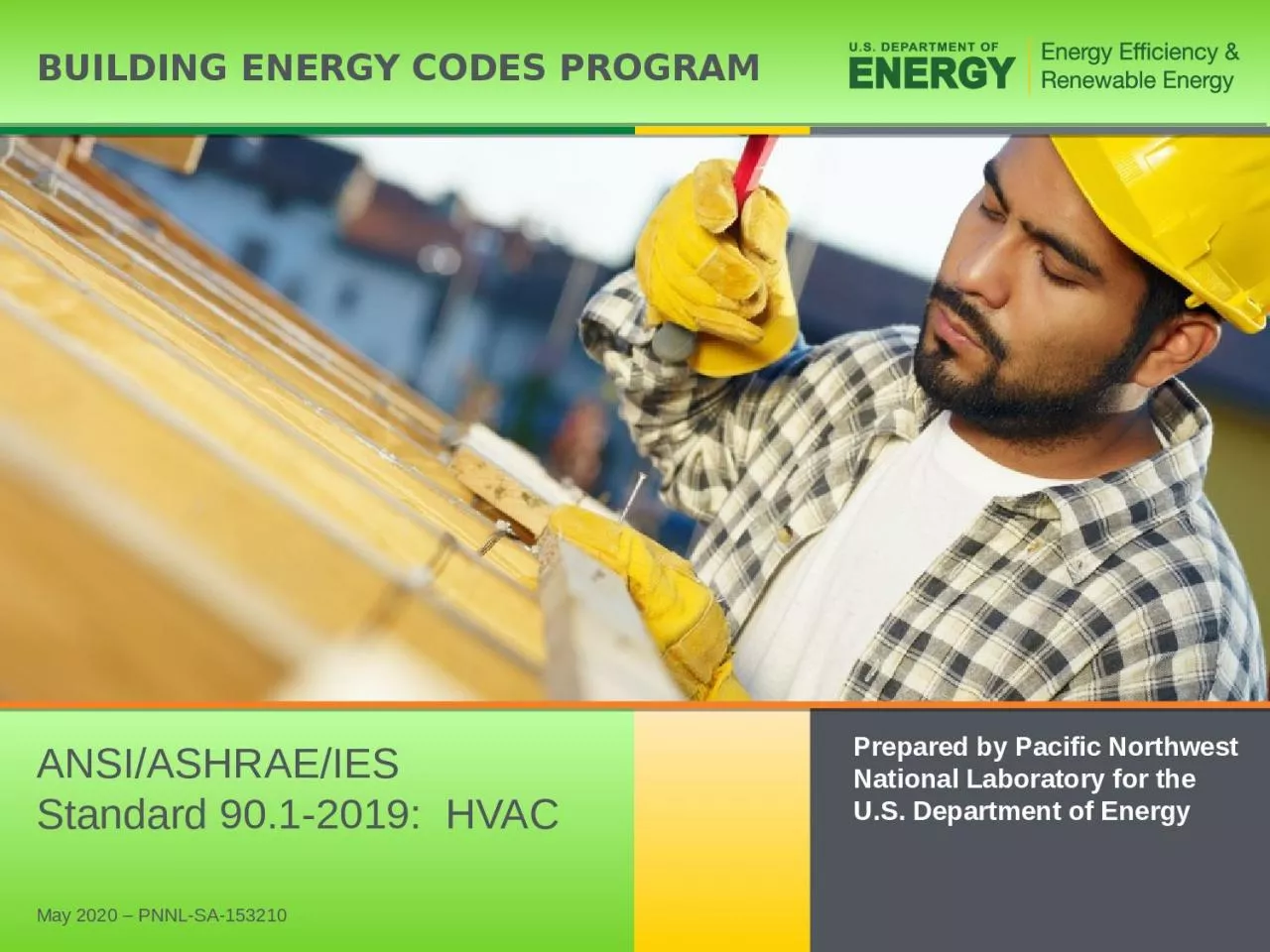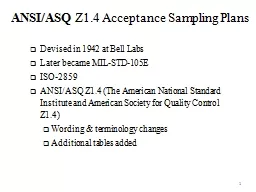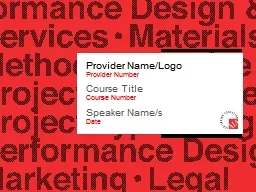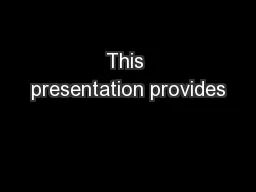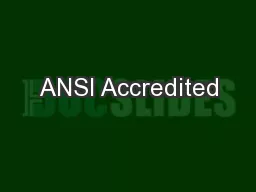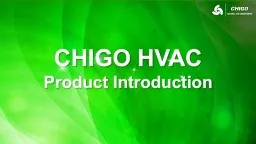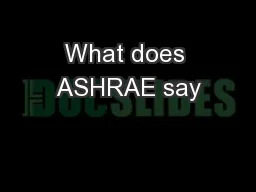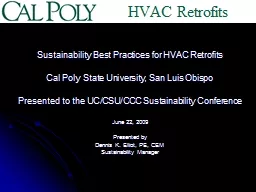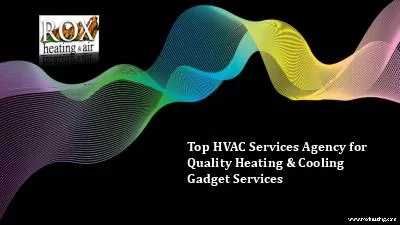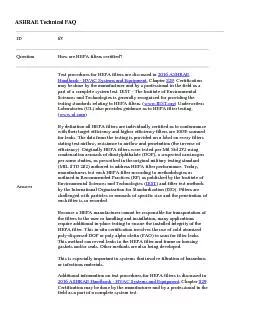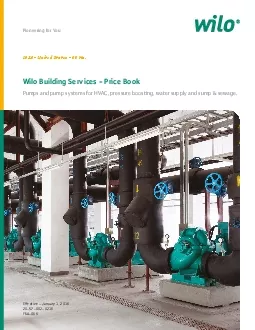PPT-ANSI/ASHRAE/IES Standard 90.1-2019: HVAC
Author : dandy | Published Date : 2023-10-26
May 2020 PNNLSA153210 Prepared by Pacific Northwest National Laboratory for the US Department of Energy PNNL and DOE would like to thank ASHRAE Standing Standard
Presentation Embed Code
Download Presentation
Download Presentation The PPT/PDF document "ANSI/ASHRAE/IES Standard 90.1-2019: HVA..." is the property of its rightful owner. Permission is granted to download and print the materials on this website for personal, non-commercial use only, and to display it on your personal computer provided you do not modify the materials and that you retain all copyright notices contained in the materials. By downloading content from our website, you accept the terms of this agreement.
ANSI/ASHRAE/IES Standard 90.1-2019: HVAC: Transcript
Download Rules Of Document
"ANSI/ASHRAE/IES Standard 90.1-2019: HVAC"The content belongs to its owner. You may download and print it for personal use, without modification, and keep all copyright notices. By downloading, you agree to these terms.
Related Documents

